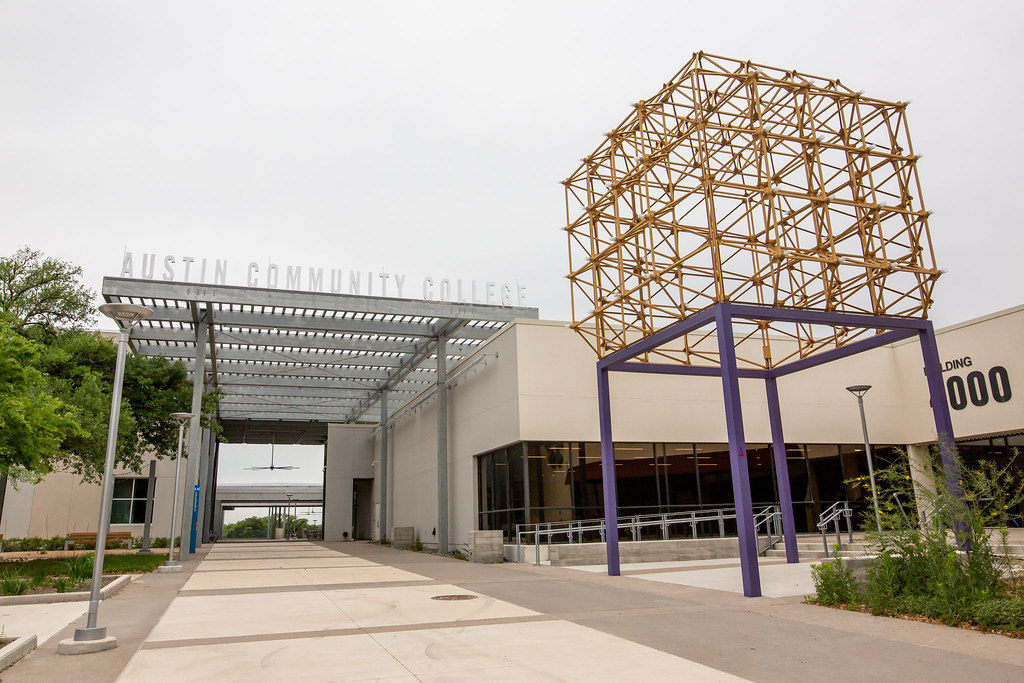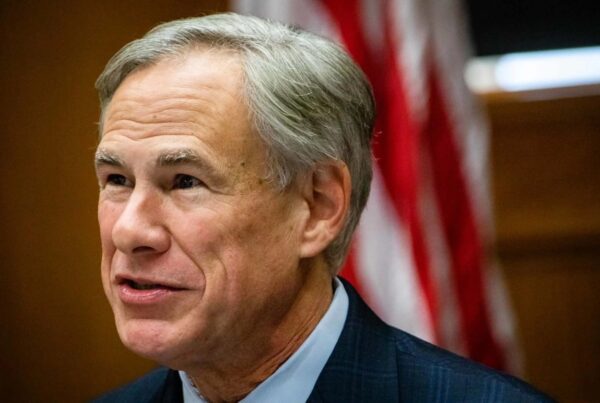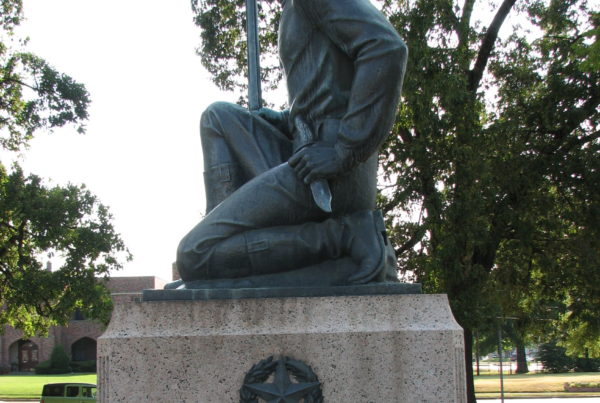During the last legislative session, community colleges in Texas got an infusion of cash. Lawmakers also changed how those dollars will be distributed in a new funding formula.
House Bill 8 invests $683 million in community colleges, which serve hundreds of thousands of Texas students. But how will the changes detailed in this bill impact the institutions and students who attend them?
Harrison Keller, commissioner of the Texas Higher Education Coordinating Board, said the old funding formula was based on factors like enrollment and number of courses offered.
“What that meant was the funding for community colleges, on one hand, was predictable because it was based on this historical data, but it was tied to inputs. It was tied to how much time students spent in courses versus being tied to outcomes in the new finance system,” he said. “The community colleges (will now) be funded primarily based on the outcomes they achieve for students completing credentials, for students successfully transferring to universities, or for students completing defined sequences of courses when they’re still in high school that could apply to either academic or workforce credentials.”
Keller said this is a “sea change” in how Texas funds community colleges.
“Their funding will be increased overall by about 30% as a result of this legislation. So the community colleges are primarily funded statewide based on local property taxes. And then also they collect tuition from their students,” he said. “About 25% of the funding for community colleges overall is state funding. And so that’s one of the reasons the policymakers felt that it was important to focus the state share of funding on the outcomes that the colleges achieve.”
Keller said this change came about in part because it became clear during the early days of the pandemic that a lot of Texans needed additional education or credentials to stay competitive in the workforce.
“Community colleges across Texas are the primary providers of workforce education across the state,” he said. “The other concern is that we, as I mentioned earlier, have a number of community colleges that are dependent on that property tax revenue that comes in locally in places like Austin.
“But we have a number of colleges across the state, especially smaller and rural serving colleges, that just don’t have the property tax base to be able to operate and be able to provide instructional programs. So there’s a portion of the new community college finance legislation that stabilizes funding for those smaller colleges across the state.”
» GET MORE NEWS FROM AROUND THE STATE: Sign up for Texas Standard’s weekly newsletters
The new funding model incentivizes colleges to ensure students receive credentials that are data-proven to benefit them in the workforce, Keller said.
“Texas is the only state where in our state strategic plan for higher education, we actually conditioned our goals on the value of credentials in our economy,” he said. “We have a focus on not just producing credentials, but we want to make sure those are credentials of value to individuals – not a value just because we say so at the state level, but because we look in the data and we can see that employers across Texas value these credentials so students are better off for earning those credentials.”
Keller said it is possible that this new model will somewhat increase competition among community colleges across the state. However, given how much need there is for these services, he doesn’t think that will be the main outcome.
“To be candid, there’s so much need and so much opportunity across the state. We have a long way to go in enrolling more students who are graduating from high school,” he said. “We have hundreds of thousands of incumbent workers who need to reskill and upskill to stay current in their field. There is a ton of work to be done across the state.
“So there may be some places where you see some healthy competition between colleges. But what I’m most excited about is that we’re going to be able to expand opportunities rapidly across the state, from high school students in dual credit and dual enrollment programs all the way to adult learners.”
Speaking of dual credit programs, Keller said the new law offers funding for low-income high school students to enroll in college courses free of charge.
“Community colleges offer the vast majority of dual credit and dual enrollment courses across the state. And one of the important provisions that was in House Bill 8 will actually provide these dual credit courses and dual enrollment courses at no cost for low-income students who qualify for the free and reduced lunch program,” he said. “We have had a lot of growth in dual credit courses across the state, but we haven’t had the same rate of growth with our low-income students. So this is a game changer.”














